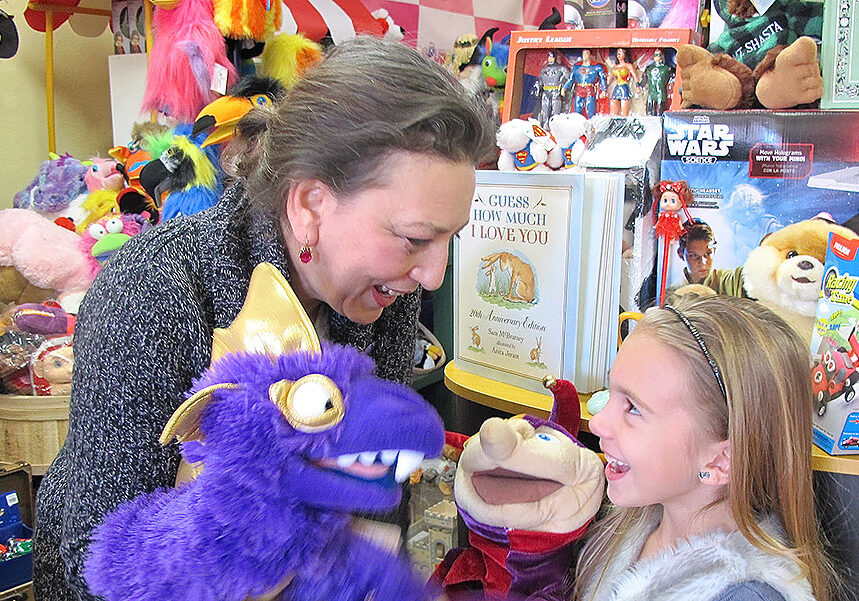A Mother’s Perspective
How the Movie “Wonder” Sheds Light on Our Family’s Reality
RJ Palacio wrote her bestselling novel Wonder after an encounter at a local ice cream shop. She and her children, including her three-year-old son, were waiting in line when her son noticed a girl with facial differences and started crying. Palacio attempted to remove her son from the shop, hoping to avoid an awkward incident. In a 2013 interview with National Public Radio (NPR), Palacio admitted to being angry with herself afterward and wishes she could have handled it differently by finding a way to teach her kids that celebrating our differences is not scary.
“What I should have done,” she said, “is simply turned to the little girl and started up a conversation and shown my kids that there was nothing to be afraid of. But instead what I ended up doing was leaving the scene so quickly that I missed that opportunity to turn the situation into a great teaching moment for my kids.”
With the 2017 release of the movie based on the book came the “#choosekind” movement and a surge in awareness of craniofacial conditions, facial differences, and the people they affect. The term “craniofacial” refers to the parts of the head and face, a “craniofacial condition” refers to any disease, defect, or trauma resulting in the malformation of the head and face. Auggie Pullman, the fictional character in “Wonder,” is a representation of one of the approximately 600,000 people in the United States that are affected by a craniofacial condition or facial difference.
Two of my children and I are three of those 600,000. We were born with a rare genetic condition called Oto Palatal Digital Syndrome with Pierre Robin Sequence. This involves, among other issues, an extremely small lower jaw which compromises the person’s ability to breathe correctly. Pierre Robin Sequence is one of the 19 conditions classified as craniofacial by the Children’s Craniofacial Association of America. Although these conditions vary widely in severity, the people that they affect all have some sort of noticeable facial difference.
When I learned that the book Wonder was being made into a film (released in 2017), I was apprehensive. I was afraid that it wouldn’t do justice to the struggles and challenges that people with facial differences live with every day. I was also afraid that it would put people with facial differences up on some kind of inspiration pedestal rather than validate and celebrate our differences. For the most part, people affected by craniofacial conditions do not want to be the source of someone’s inspiration just because they happen to have a facial difference.
However, what the movie created, on a global scale, was an awareness of craniofacial conditions. I hope that from this, people will not only choose to be kind; they will choose to be educated. Public outings can be a huge source of stress, especially for the people who have one of the more severe conditions. We have had our share of awkward encounters; staring and whispering and pointing. I have the unique perspective of experiencing this on both ends: not only as someone with a facial difference but as the parent of kids with craniofacial issues as well
We had an incident recently in a doctor’s office where a little girl, her siblings, and her mother were checking out as we were getting settled in the waiting area. The little girl pointed at my son, laughing, and said to her mom, “Look at his face!” The mother responded with a glance in our direction, replied “Oh. Yeah.” and hurried her kids out the door.
I don’t know what her situation was, and I’m not judging. At best, she may have just been in a hurry. At worst, she was embarrassed and had no idea how to respond. I completely understand; young kids sometimes have no filter. They are also naturally curious.
My advice to other parents who may run into a similar circumstance would be not to rush your children away, as tempting as it may be. As RJ Palacio wrote in her novel, you can use the encounter as a learning experience and grow from it. Let your child ask questions if they have any. Most parents of kids with facial differences, myself included, welcome questions – even the blunt ones!
If your child is pointing out someone who looks different, acknowledge their actions. Say “Hi!” to the person, or if it’s a parent and their child with a facial difference, ask the parent about the child. “How old is she?” is a great conversation starter. Pulling your child away or ignoring their actions can do more harm than good, and it may also send the message that it’s not okay to approach someone different than themselves. Children learn by example; if they see their parents treating others kindly, no matter what the person looks like, they will follow suit.
For more information about craniofacial conditions:
Posted in: Community
Comment Policy: All viewpoints are welcome, but comments should remain relevant. Personal attacks, profanity, and aggressive behavior are not allowed. No spam, advertising, or promoting of products/services. Please, only use your real name and limit the amount of links submitted in your comment.







